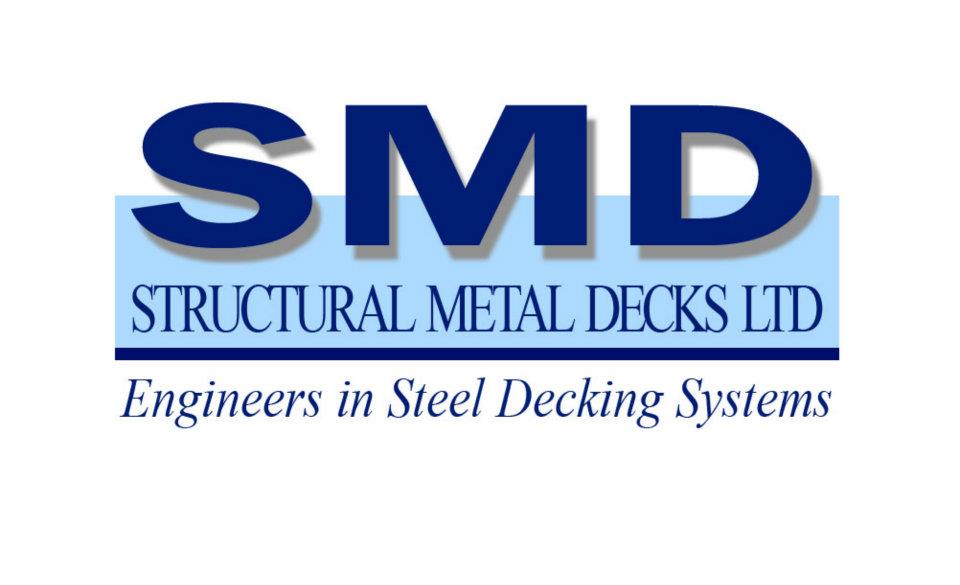SMD, Structural Metal Decks Limited
.jpg)
.jpg)
---shutterstock_469586399-LOW.jpg)
LOW).jpg)
SMD have been shaping the skyline of Britain and skylines across the world by designing, supplying and installing products that help form iconic buildings that we all know.
The birth of a construction company in the year Everton FC won the old English Football 1st Division, Madonna and Bon Jovi hit the number 1 spot in the music charts and the country was run by Margaret Thatcher's parliament, 1987 feels a very long time ago!
Structural Metal Decks (SMD) opened its doors for business on Monday 9th February 1987, working from Teal House, a small office in Ringwood. With of a handful of staff, SMD quickly found its feet in the construction industry selling a single floor deck product, an early version of what is now R51+.



With the composite floor construction industry still in its infancy in the UK, our commitment to Health & Safety, innovation and customer delivery earned us the position as market leader in our field. Initially, we specialised in composite metal floor deck and, over the years, have developed a suite of market leading profiles that complement our design and installation service.
The steel construction industry was gaining momentum from the recession of the early 1980's with the construction nearing completion at Gatwick Airport's North Terminal, the largest construction project south of London in the 1980s, costing £200 million. Metal decking was by no means 'new to the market' and had been manufactured and used in construction since the early 1960's, however, the use of metal decking was increasing across the industry.
Originally set up by Severfield-Rowen, within one year the company had moved to larger premises 50 yards away, Mallard House. Before the 1980's came to a close, SMD had hit the £1m benchmark in turnover in 1989.
The appointment of Firth Steels to manufacture R51 was made in 1990 followed by the R&D and production of TR60 in 1992 before SMD was bought by Sid Pratten and Roger Firth in 1998. Working closely with Firth Steels in the development of products launching TR80 (2000), followed by TR60+ and TR80+ (2009) and the Roof deck profiles (2016), SMD have strived to improve their products and services ever since.
In 2006, SMD purchased new premises, The Outlook, a brand new Head Office at Tower Park, Poole (Dorset), where we are currently residing. With a total work force of over 100 members of staff (based in the UK, India and Dubai), the vision to be the UK's leading provider of Structural Floor and Roof Solutions to the construction industry remains our ultimate goal!
Our journey, dedicated to our clients, continues as we introduce new products and services to ensure that our clients are kept at the forefront of construction.
Metal floor decking has played a crucial role in UK construction for over a century, evolving alongside advancements in steel and concrete technology.
The concept of metal decking originated in the late 19th century as engineers sought efficient ways to reinforce concrete floors. Early systems used simple corrugated iron sheets as lost formwork for poured concrete, but they lacked the structural performance seen in later designs.
After World War II, the UK experienced a construction boom, and lightweight steel construction became popular for speed and efficiency. Composite steel decking systems began emerging, where steel sheets were not only used as formwork but also structurally engaged with concrete to improve load-bearing capacity. The 1950s saw innovations in cold-rolled steel sections, allowing for more sophisticated profiles that enhanced bonding with concrete.
The 1970s and 1980s saw significant improvements in deck design, with manufacturers introducing profiled metal decking systems that interlocked with concrete more effectively. In the 1990s, British Standards (BS 5950 and later Eurocode 4) provided detailed guidance on the design of composite floors, promoting their widespread adoption in commercial and industrial buildings.
Today, steel decking is a standard component in high-rise construction, warehouses, and infrastructure projects. Manufacturers continue to refine deck profiles, with deeper trapezoidal sections for enhanced span performance and better fire resistance. Sustainability has become a key focus, with recyclable steel and innovations in lightweight design reducing environmental impact